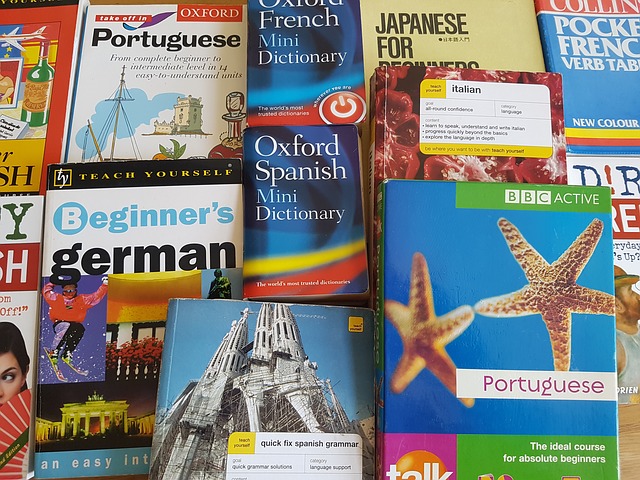The terms web page translation service and web page localization are often used interchangeably. Therefore, it is common for marketing experts and other professionals not to be aware of their differences. Knowing the differences between these similar terms, processes and services not only helps you get to know the sector better, but it can also help you globalize your brand in a more efficient and profitable way. To understand the difference between web page translation and website localization, we first need to know some definitions.
The translation of web pages is changing the language of the original version of web content, such as text, multimedia content, e-books or applications, to a different language (meta). This is achieved by translating the words from one language to another while maintaining the context.
Localization of web pages is a process of more specialized adaptation of the web content and applications for regional or local consumption. Localization goes beyond translation and not only modifies the language, but also other elements of the page to adapt to the tastes and cultural preferences of consumers.
How do we end the Language barriers and Adapt and refine the Message?
Problems related to the intention and clarity of the original text usually come to light if we translate, word by word. This can happen, for example, when a professional translator does not review and edit machine translations. However, even if the person who translates the website is an experienced linguist, it is likely that the translation still lacks cultural and technical nuances to have an impact on the new market. This also depends on your briefing!
In fact, the quality and effectiveness of a worldwide website does not depend solely on the translation of the language. To ensure that consumers have a good experience, leading international brands use the localization strategy to adapt their online assets to a given region. Localization services are the best way to improve your message to meet the cultural, functional and linguistic expectations of your global markets.
Some examples of cultural content include:
- Colors, shapes, sizes and styles;
- Images, icons and graphics;
- Social conventions, such as humor, protocol, rituals, myths and symbols;
- Social values, power, relationships and beliefs.
Some examples of content are:
- Date and time formats, numbers and contact information;
- The measures and geographical references;
- Linguistic content, product descriptions and reviews.
Globalization of an Idea
Some localization experts go beyond adapting web content and try to cater to national or regional market preferences. In some cases, experts recreate or “transcreate” messages from advertising or marketing campaigns to maximize cultural appeal, and avoid very embarrassing or offensive communication.
A Localization Campaign: Share a Coca-Cola
An example of transcreation is the Coca-Cola “Share a Coca-Cola” campaign. Since its launch in Australia in 2011 in which the impression of 150 famous names appeared on its products and promotions through the media, the campaign has been a worldwide success. However, Coca-Cola needed to modify certain aspects so that it resonated worldwide.
In China, for example, the campaign uses pseudonyms, such as “partner” or “close friend,” instead of the first name. By respecting the formality with which the Chinese population uses first names, this criterion maintains the friendly nature of the campaign but avoids crossing an important cultural frontier.
Selection of Translation and Localization Methods by Type of Content
Finally, the translation and localization of web pages differ at a tactical level. Simple translation may be more appropriate for some types of content in certain markets. However, localization is often necessary to adapt very emotional and creative marketing content so that it resonates clearly everywhere.
It is likely to contain different types of content, from marketing copies to legal and technical information, and user-generated forums. For reasons of efficiency and cost, it is convenient to assign the most appropriate translation and localization methods to these types of content.
In general, it is easier to select the one that best suits your audience and the nature and intention of the content. Other parameters include volume, update rate, duration and budget considerations. You have several options depending on the capabilities of your language service provider (LSP). When making these decisions, it is better to consult an experienced professional translation company that offers a wide range of services.
Streamlining Translation and Web Localization
Be sure to follow industry best practices to reduce complexity, accelerate the time to market, control costs and ensure the quality of localized content for all your global markets.

